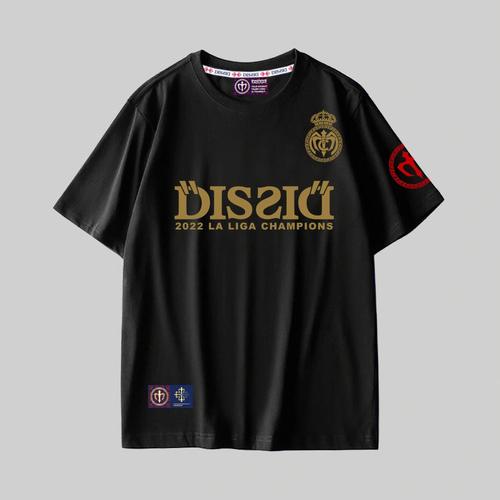The process from design draft to sample production can be summarized into the following steps:
1. Design draft evaluation: First, the designer needs to evaluate The feasibility and manufacturability of the design draft. They will consider factors such as fabric selection, detailing, cutting and sewing difficulty, and ensure that the design can be smoothly translated into the actual garment.
2. Pattern development and proofing: The designer will start pattern development based on the design draft. They may use computer-aided design software (CAD) to draw clothing patterns and output them as paper or digital patterns. Next, the designer translates the design into actual size and shape of the garment by creating proofs, also known as prototypes.
3. Fabric procurement and preparation: Before starting to make sample clothes, the production team needs to purchase suitable fabrics. They will select the appropriate fabric type, color and texture based on the design requirements. At the same time, necessary fabric pre-processing work, such as washing, ironing, etc., will also be carried out at this stage.
4. Fabric cutting: According to the size and sample design, the tailor will cut the fabric. They will accurately measure and cut the fabric according to the design draft and cutting rules to ensure that each panel and component is cut to meet the requirements.
5. Sewing and assembly: During the sample production process, the seamstress will sew according to the cut fabric. They will sew and assemble different fabric panels and components together in sequence according to design standards and sewing process requirements. The process involves using different sewing machine techniques, sewing threads and accessories.
6. Fitting and correction: After the sample is completed, the designer will try it on, evaluate and correct the sample. They will check the cut, quality, fit and conformity with the design draft. If necessary, they will make adjustments and improvements to the sample to achieve the final design effect.
7. Production of finished sample garments: After fitting and correction, if the sample garment meets the design requirements, the production team will start making finished garment samples. They will use the same processes and techniques as the sample production process to produce finished garments that are exactly the same size, shape and details as the sample.
The above is the general process flow for converting design drafts into sample garments. Each step requires professional skills and experience to ensure that the quality and effect of the final output garment meet expectations.






